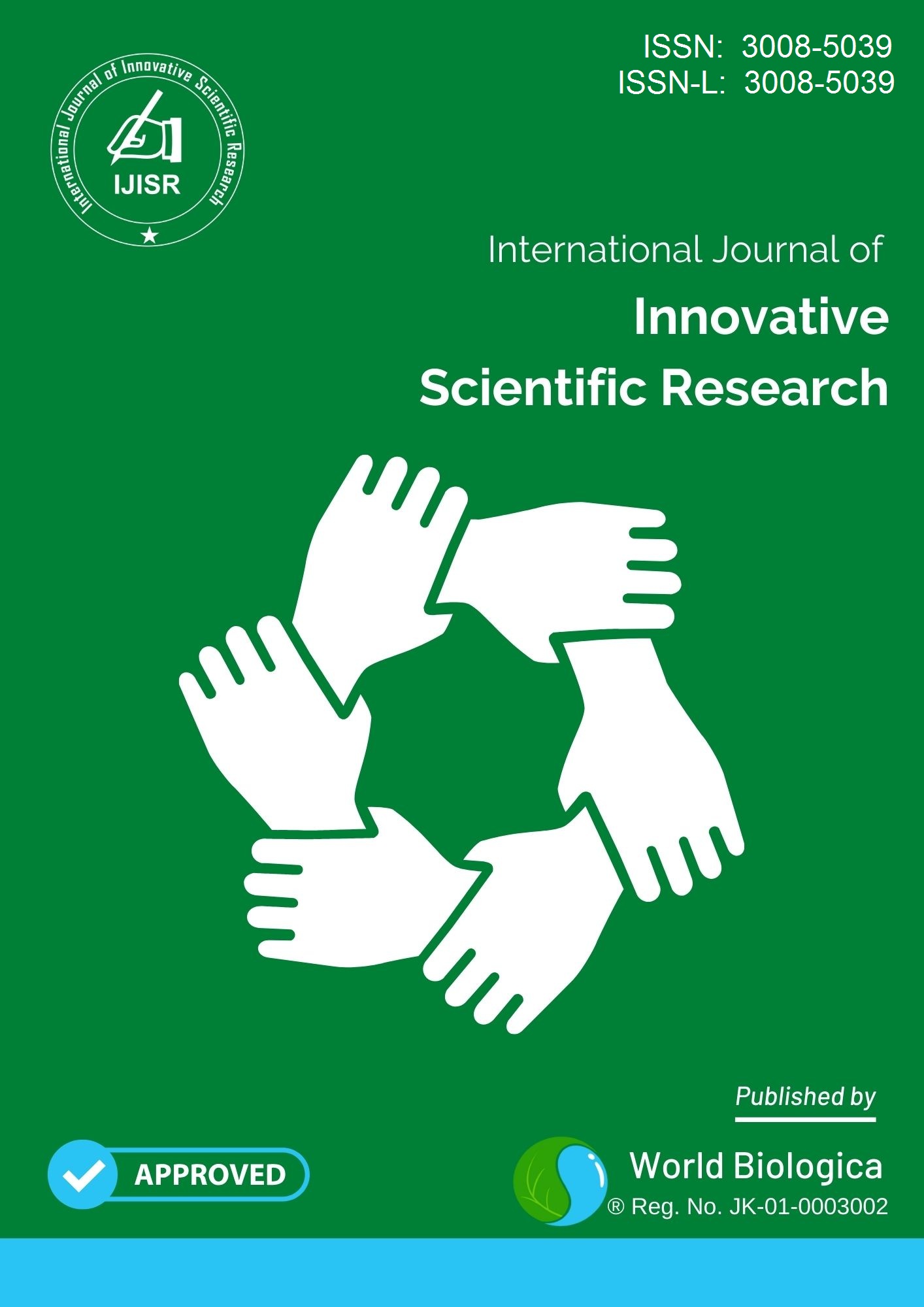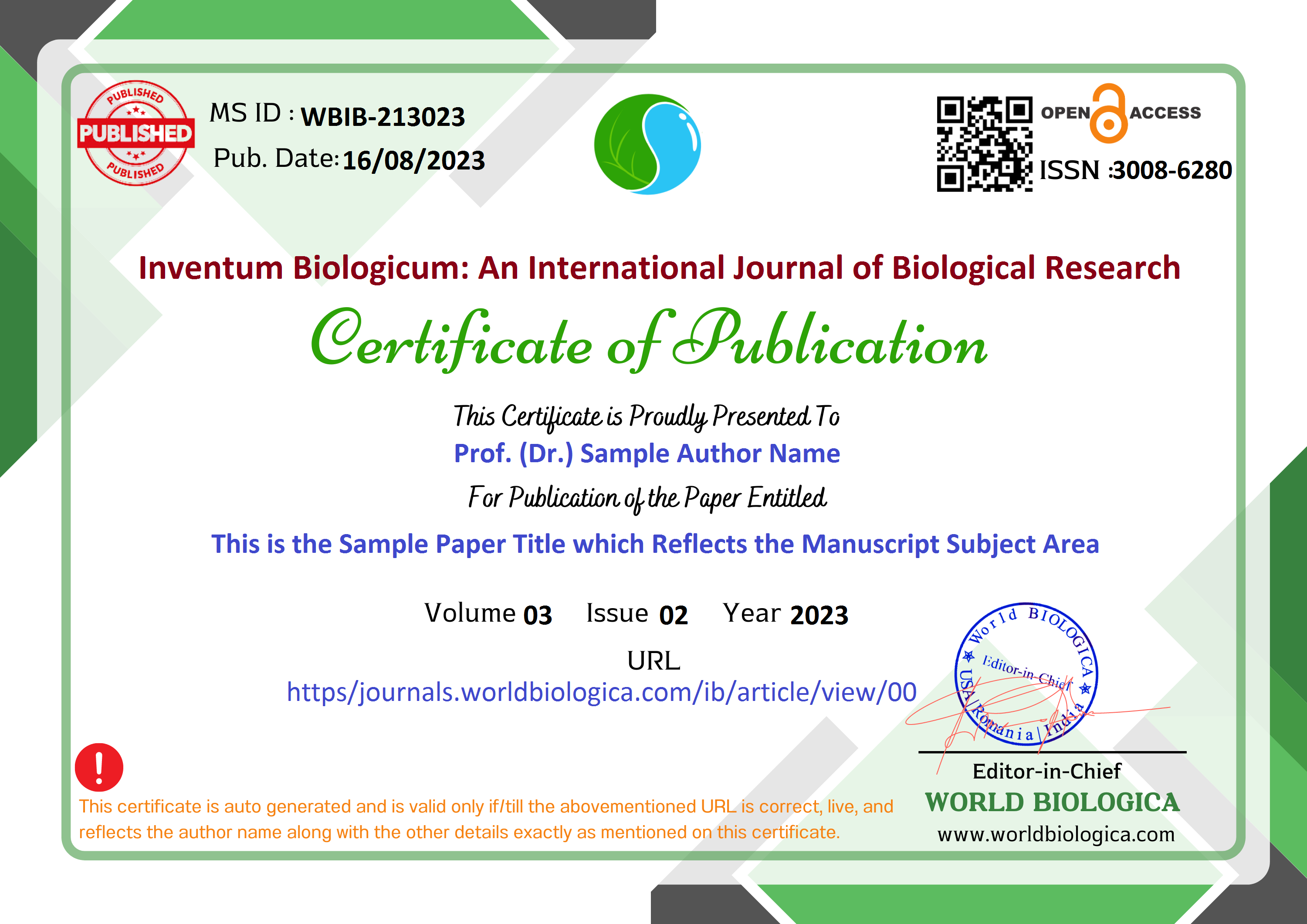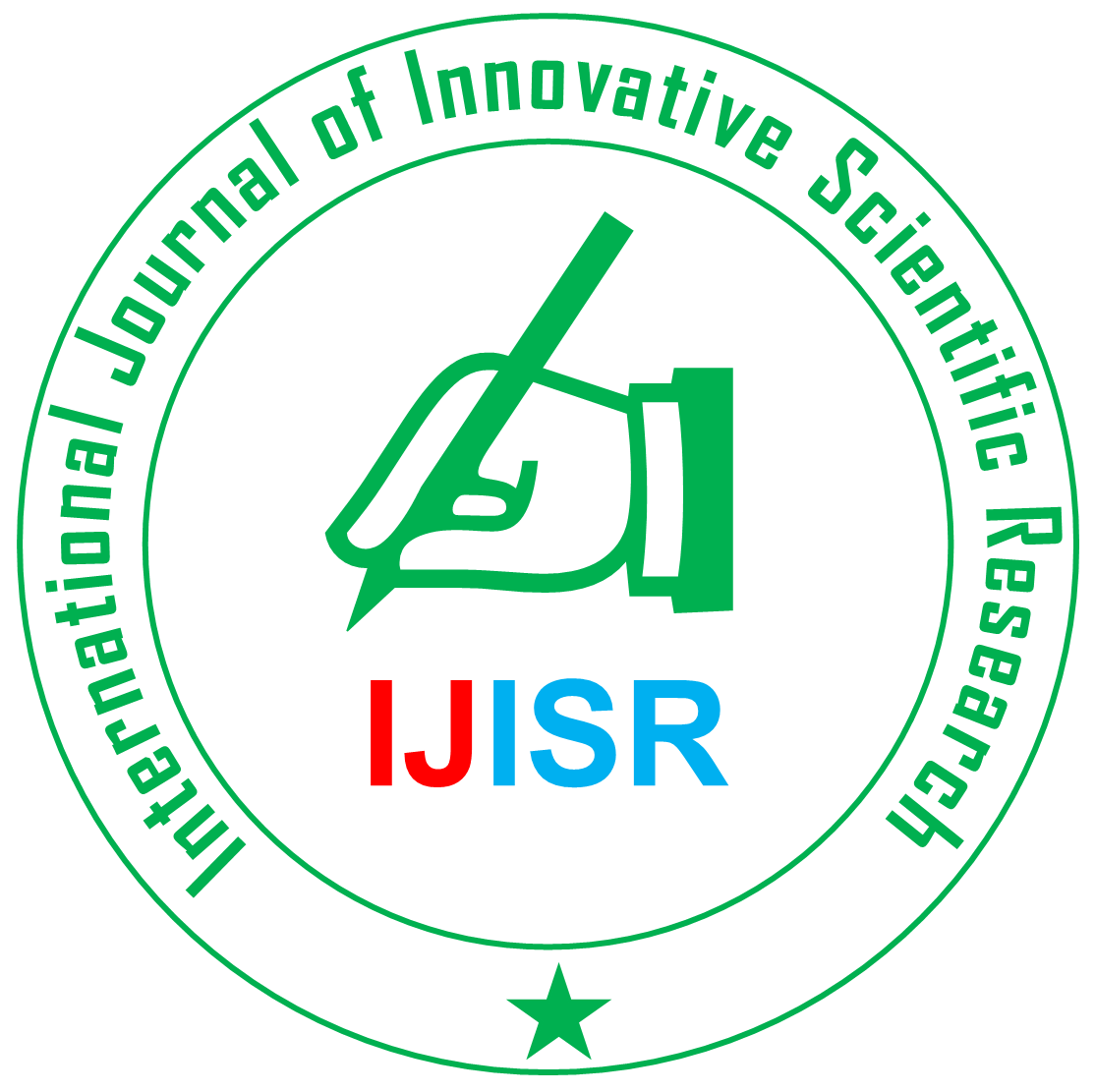The Financial Ramifications of Dysmenorrhea
A Cross-Sectional Study on Employed Women in Chennai
Keywords:
Dysmenorrhea, Financial Stress, Prevalence, Absenteeism, Working, WomenAbstract
Introduction
Dysmenorrhea is a common menstrual disorder that significantly impacts the quality of life and productivity among working women. This study aims to evaluate the prevalence and financial stress among working women due to dysmenorrhea in Chennai, while also understanding the contributing factors and identifying effective coping strategies.
Materials and Methods
A descriptive cross-sectional study was conducted over two months, involving a sample of 102 working women aged 18 to 50 years. Data were collected through an online survey distributed throughout the Chennai district, which focused on demographics, characteristics of dysmenorrhea, average spending on medications, and coping strategies. The data were subsequently analyzed using SPSS software and Microsoft Excel.
Results
The findings revealed that 75.5% of respondents experienced dysmenorrhea, with an average pain score of 5.4. The average annual indirect cost due to absenteeism was found to be 9,700.84 INR, which is significantly tenfold higher than the average direct costs of 913.56 INR. Additionally, a notable correlation was identified between pain severity and factors such as age, duration of pain, and frequency of hospital visits. There was also a concerning lack of awareness regarding effective dysmenorrhea management, as 50.9% of participants reported using non-prescription medications, while only 18.6% utilized prescription drugs.
Conclusion
The financial burden of dysmenorrhea presents substantial challenges for women in maintaining their productivity. Enhanced public awareness and education on effective management strategies are essential to minimize the disorder's impact on quality of life.
Downloads
References
Akin, M., & Aksu, H. (2021). Dysmenorrhea: prevalence, impact on daily life, and treatment options. Women’s Health, 17(1), 25-34.
Akiyama, S., Tanaka, E., Cristeau, O., Onishi, Y., & Osuga, Y. (2017). Evaluation of the treatment patterns and economic burden of dysmenorrhea in Japanese women, using a claims database. ClinicoEconomics and Outcomes Research, 9, 295–306.
Bakhsh H, Algenaimi E, Aldhuwayhi R, & AboWadaan M. (2022). Prevalence of dysmenorrhea among reproductive age group in Saudi women. BMC Women's Health, 22(78).
Barcikowska, Z., Wójcik-Bilkiewicz, K., Sobierajska-Rek, A., Grzybowska, M. E., Wąż, P., & Zorena, K. (2020). Dysmenorrhea and associated factors among Polish women: A cross-sectional study. Pain Research and Management, 2020, 1–10.
Chung, F. F., Yao, C. C., & Wan, G. H. (2005). The associations between menstrual function and lifestyle/working conditions among nurses in Taiwan. Journal of Occupational Health, 47(2), 149-156.
Durand, H., Monahan, K., & McGuire, B. E. (2021). Prevalence and impact of dysmenorrhea among university students in Ireland. Pain Medicine, 22(12), 2835–2845.
Frick, K. D., Clark, M. A., Steinwachs, D. M., Langenberg, P., Stovall, D., Munro, M. G., Dickersin, K., & STOP-DUB Research Group. (2009). Financial and quality-of-life burden of dysfunctional uterine bleeding among women agreeing to obtain surgical treatment. Women’s Health Issues, 19(1), 70–78.
Guimarães, I., & Póvoa, A. M. (2020). Primary dysmenorrhea: Assessment and treatment. Revista Brasileira de Ginecologia e Obstetrícia, 42(08), 501–507.
Hu, Z., Tang, L., Chen, L., Kaminga, A. C., & Xu, H. (2020). Prevalence and risk factors associated with primary dysmenorrhea among Chinese female university students: A cross-sectional study. Journal of Pediatric and Adolescent Gynecology, 33(1), 15–22.
Itani, R., Soubra, L., Karout, S., Rahme, D., Karout, L., & Khojah, H. M. J. (2022). Primary dysmenorrhea: Pathophysiology, diagnosis, and treatment updates. Korean Journal of Family Medicine, 43(2), 101–108.
Karout, S., Soubra, L., Rahme, D., Karout, L., Khojah, H. M. J., & Itani, R. (2021). Prevalence, risk factors, and management practices of primary dysmenorrhea among young females. BMC Women's Health, 21(1).
Lee, L. K., Chen, P. C., Lee, K. K., & Kaur, J. (2006). Menstruation among adolescent girls in Malaysia: A cross-sectional school survey. Singapore Medical Journal, 47(10), 869-874.
MacGregor, B., Allaire, C., Bedaiwy, M. A., Yong, P. J., & Bougie, O. (2023). Disease burden of dysmenorrhea: Impact on life course potential. International Journal of Women's Health, 15, 499–509.
McKenna, K. A., & Fogleman, C. D. (2021). Dysmenorrhea. American Family Physician, 104(2), 164–170.
Mohamed, E. M. (2012). Epidemiology of dysmenorrhea among adolescent students in Assiut City, Egypt. Life Science Journal, 9(1), 348-353.
Ohde, S., Tokuda, Y., Takahashi, O., Yanai, H., Hinohara, S., & Fukui, T. (2007). Dysmenorrhea among Japanese women. International Journal of Gynecology & Obstetrics, 100(1), 13–17.
Sachedin, A., & Todd, N. (2020). Dysmenorrhea, endometriosis, and chronic pelvic pain in adolescents. Journal of Clinical Research in Pediatric Endocrinology, 12(1), 7–17.
Sinha, A., & Sinha, N. (2019). Dysmenorrhea and its impact on quality of life in working women. International Journal of Gynecology & Obstetrics, 145(2), 200-205.
Szmidt, M. K., Granda, D., Sicinska, E., & Kaluza, J. (2020). Primary dysmenorrhea in relation to oxidative stress and antioxidant status: A systematic review of case-control studies. Antioxidants (Basel), 9(10), 994.
Tangchai, K., Titapant, V., & Boriboonhirunsarn, D. (2004). Dysmenorrhea in Thai adolescents: Prevalence, impact, and knowledge of treatment. Journal of the Medical Association of Thailand, 87, S69-73.
Unnisa, H., Annam, P., Gubba, N. C., Begum, A., & Thatikonda, K. (2022). Assessment of quality of life and effect of non-pharmacological management in dysmenorrhea. Annals of Medicine and Surgery, 81.
Yesuf, T. A., Eshete, N. A., & Sisay, E. A. (2018). Dysmenorrhea among university health science students, Northern Ethiopia: Impact and associated factors. International Journal of Reproductive Medicine, 2018, 1–5.
Zegeye, D. T., Megabiaw, B., & Mulu, A. (2009). Age at menarche and the menstrual pattern of secondary school adolescents in northwest Ethiopia. BMC Women's Health, 9(29).
Downloads
-
Download PDF
 Abstract Views: 66,
Abstract Views: 66,  Download PDF: 37
Download PDF: 37
Published
How to Cite
Issue
Section
License
Copyright (c) 2024 International Journal of Innovative Scientific Research

This work is licensed under a Creative Commons Attribution-ShareAlike 4.0 International License.














